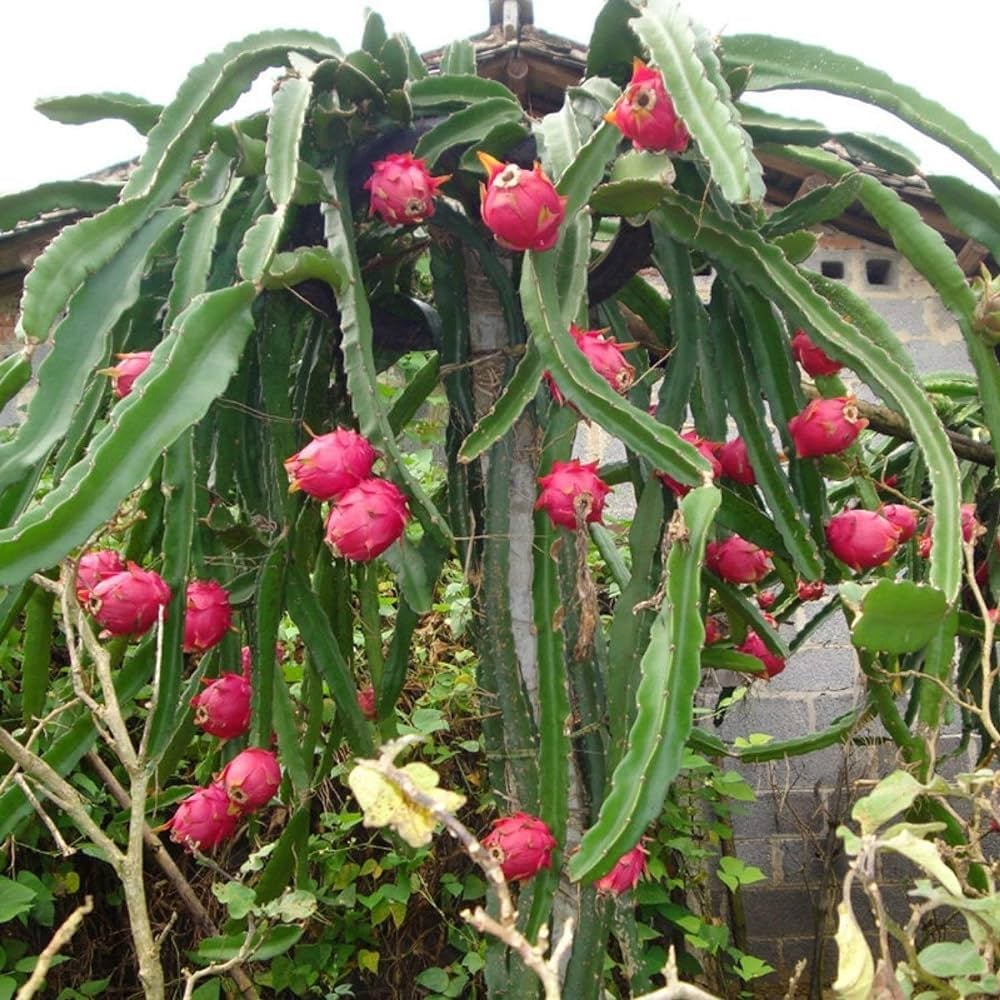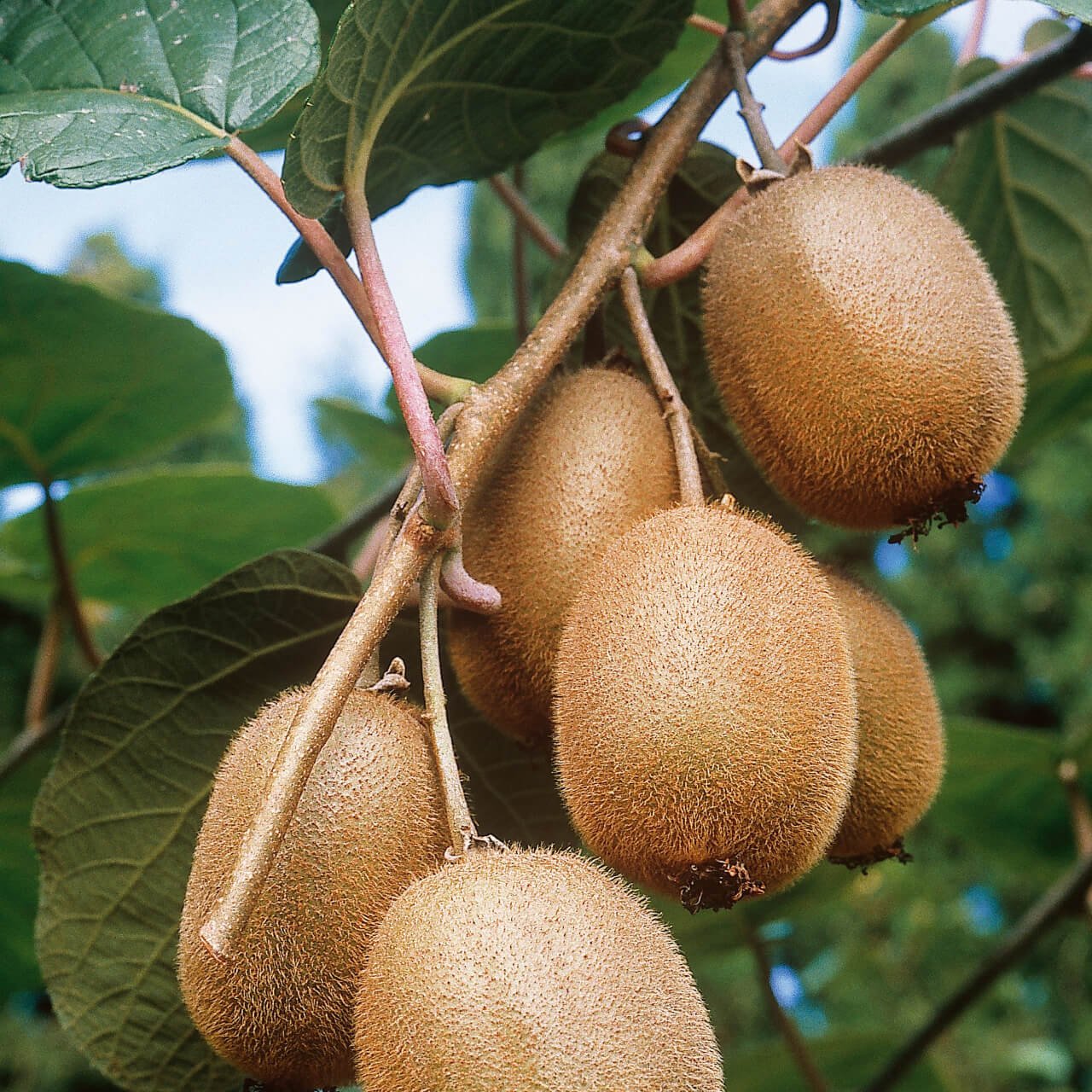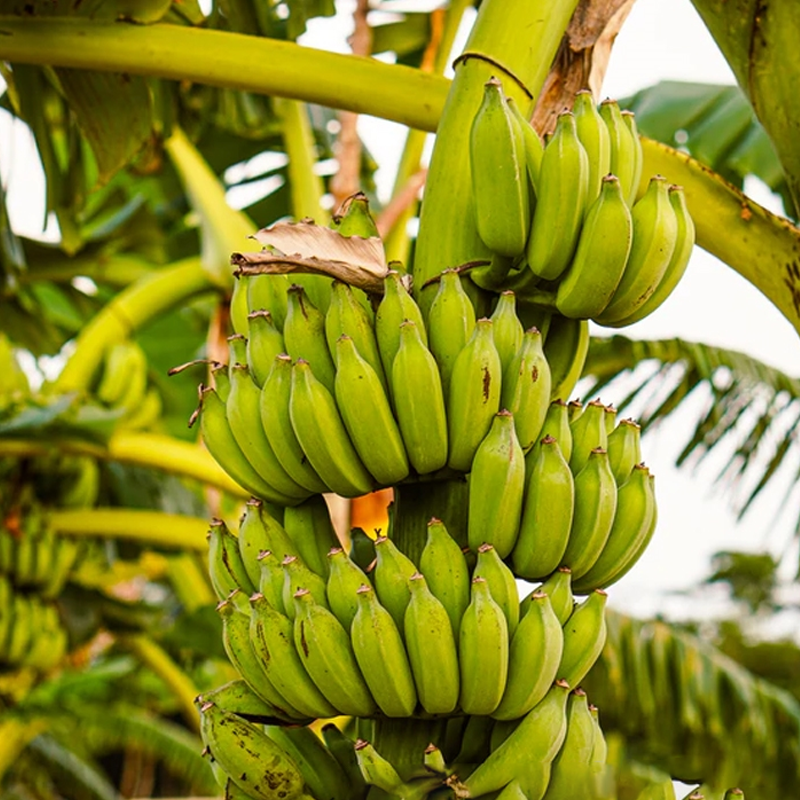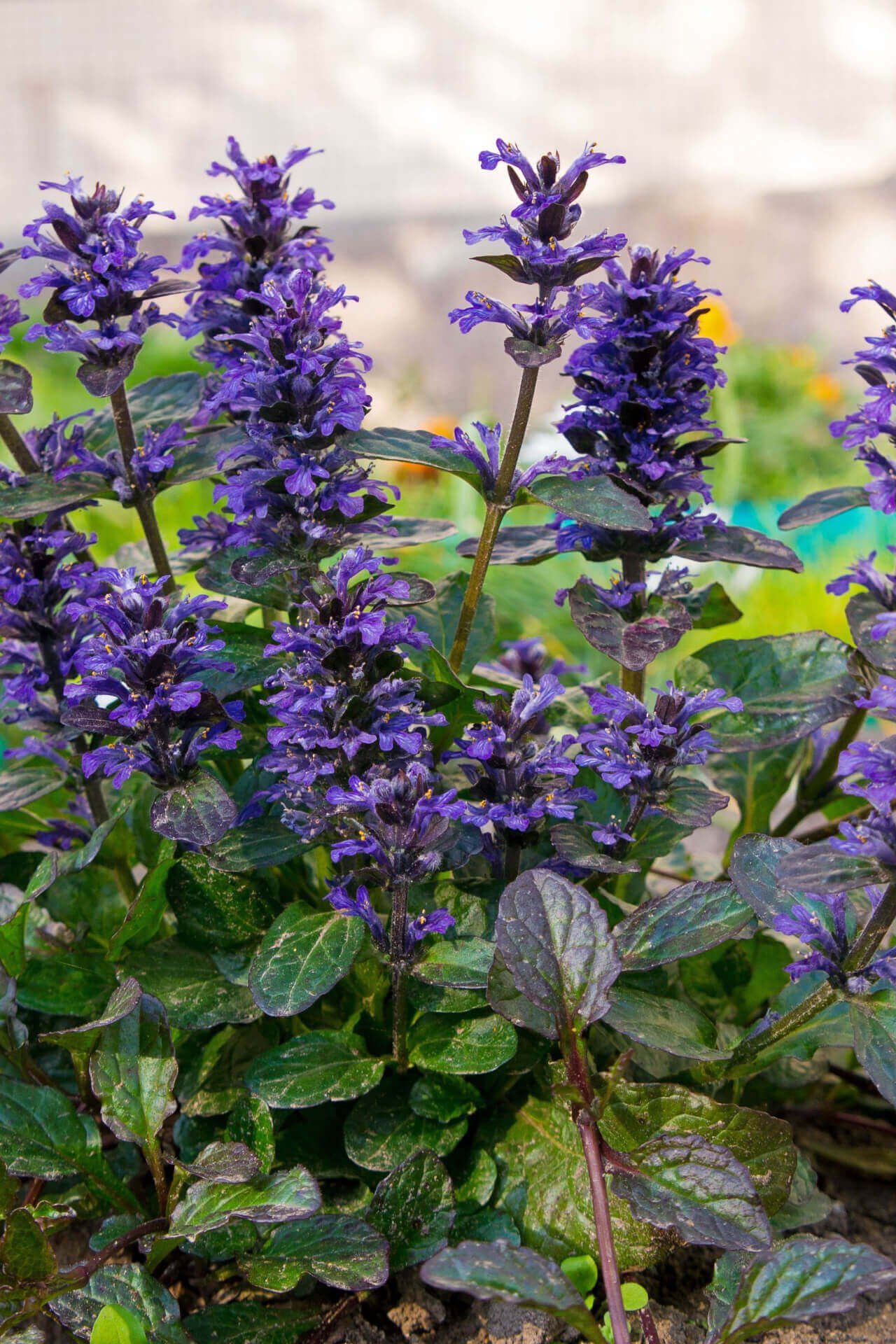
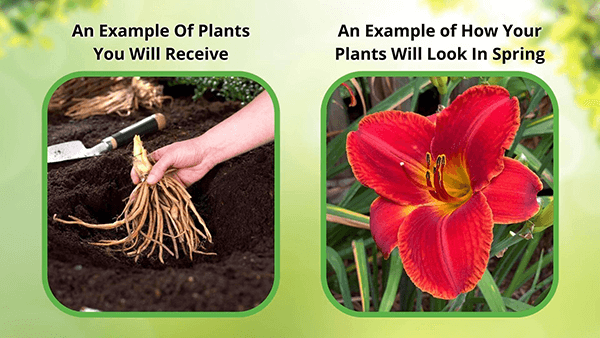
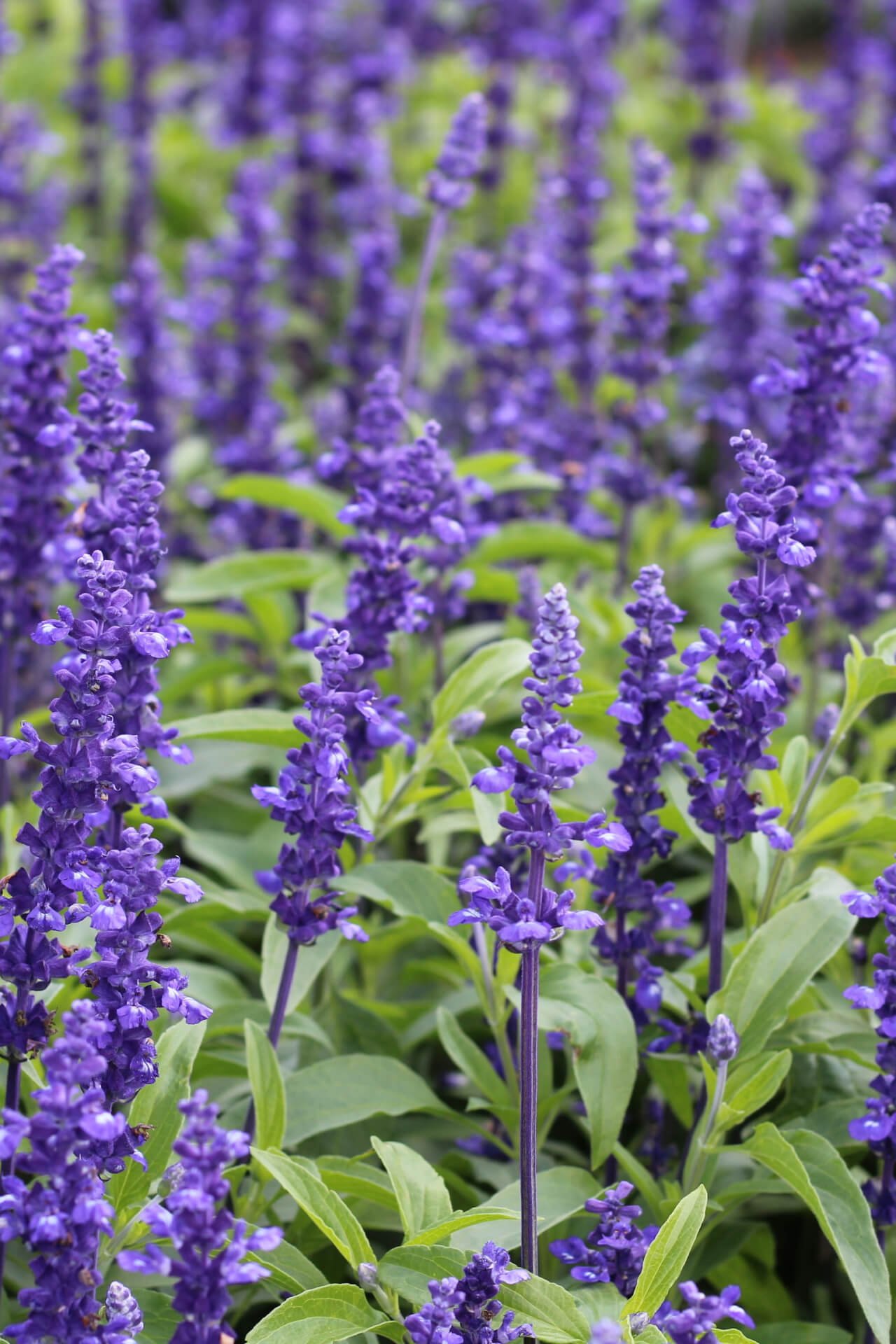

Ajuga Reptans - Bugleweed
Deer-resistant and drought-tolerant plant
Pollinator-friendly, attracts bees and butterflies
Versatile use in borders and edging
Thrives in
ZONE 3ZONE 4ZONE 5ZONE 6ZONE 7ZONE 8ZONE 9ZONE 10This plant ships:
Ships Week of May 12th1 Year Guarantee on all plants
Ajuga Reptans - Bugleweed Plant
Ajuga Reptans, sometimes called Bugleweed Plant, is a classic ground-cover perennial with rich foliage and beautiful purple flowers. Gardeners love it because it fights off weeds and makes soils healthier.
This low-growing, blooming groundcover plant is popular for several reasons beyond its obvious aesthetic appeal. One benefit is its wildlife-friendliness. The species is adept at attracting pollinators to the garden, making it an excellent addition for homeowners interested in sustainability.
Characteristics of Ajuga Reptans - Bugleweed Plant
This plant also offers soil stabilization on steep banks and in flood-prone areas. Its long roots grab onto the soil and prevent it from being eroded. Given its hardiness, it requires minimal maintenance.
The plant thrives in numerous soil types and doesn't mind the sun or shade. If left in the ground for long enough, it produces a dense canopy, which helps it fight weeds even more.
Ideal Growing Conditions of Ajuga Reptans - Bugleweed Plant
This plant prefers well-drained soil. It is hardy and low maintenance for those homeowners who want a plant they don't have to fuss over. Gardeners mostly plant it in loamy or clay soils or other fertile areas.
The groundcover can be planted in filtered sun, but it thrives in shade and is drought resistant; its large leaves excel at collecting any light that passes through tree canopies or becomes available earlier or later in the day.
Attributes of This Groundcover
- Low-maintenance ground cover plant with attractive purple flowers Can survive in low-light environments, and direct exposure to the sun Requires occasional pruning and fertilization for healthy spring brooms Suitable for homeowners wanting to create more sustainable gardensGrows to around 1 foot tall under ideal conditions with dense coverage
Flowers are this plant's biggest attribute. It is a classic ground-cover perennial with rich foliage and beautiful purple flowers that "shoots" from the center of the plant. Gardeners love it because it fights off weeds and makes soils healthier.
Perfect For Soil Erosion
It's popular for several reasons beyond its obvious aesthetic appeal. One benefit is its wildlife-friendliness. The species is adept at attracting pollinators to the garden, making it an excellent addition for homeowners interested in sustainability. It also offers soil stabilization on steep banks and in flood-prone areas.
Its long roots grab onto the soil and prevent it from being eroded. Given its hardiness, it requires minimal maintenance. It thrives in numerous soil types and doesn't mind the sun or shade (either is okay). If you leave it in the ground for long enough, it produces a dense canopy, helping it fight weeds even more.
Ideal Growing Conditions
You can plant it in full sun, but the plant prefers shade, provided it receives proper watering. Its large leaves excel at collecting any light that passes through tree canopies or becomes available earlier or later in the day.
If planting multiple plants, keep them 8 to 12 inches apart. Ajuga Reptans can crowd easily, leading to bulb wastage. It's a super attractive ground cover plant that isn't fussy about soil type or maintenance.
Spring Blooms
Low-maintenance ground cover plant with attractive purple flowers Can survive in low-light environments and direct exposure to the sun Requires occasional pruning and fertilization for healthy spring brooms Suitable for homeowners wanting to create more sustainable gardens Grows to around 1 foot tall under ideal conditions with dense coverage.
This Is How Your Plants Will Look upon Delivery
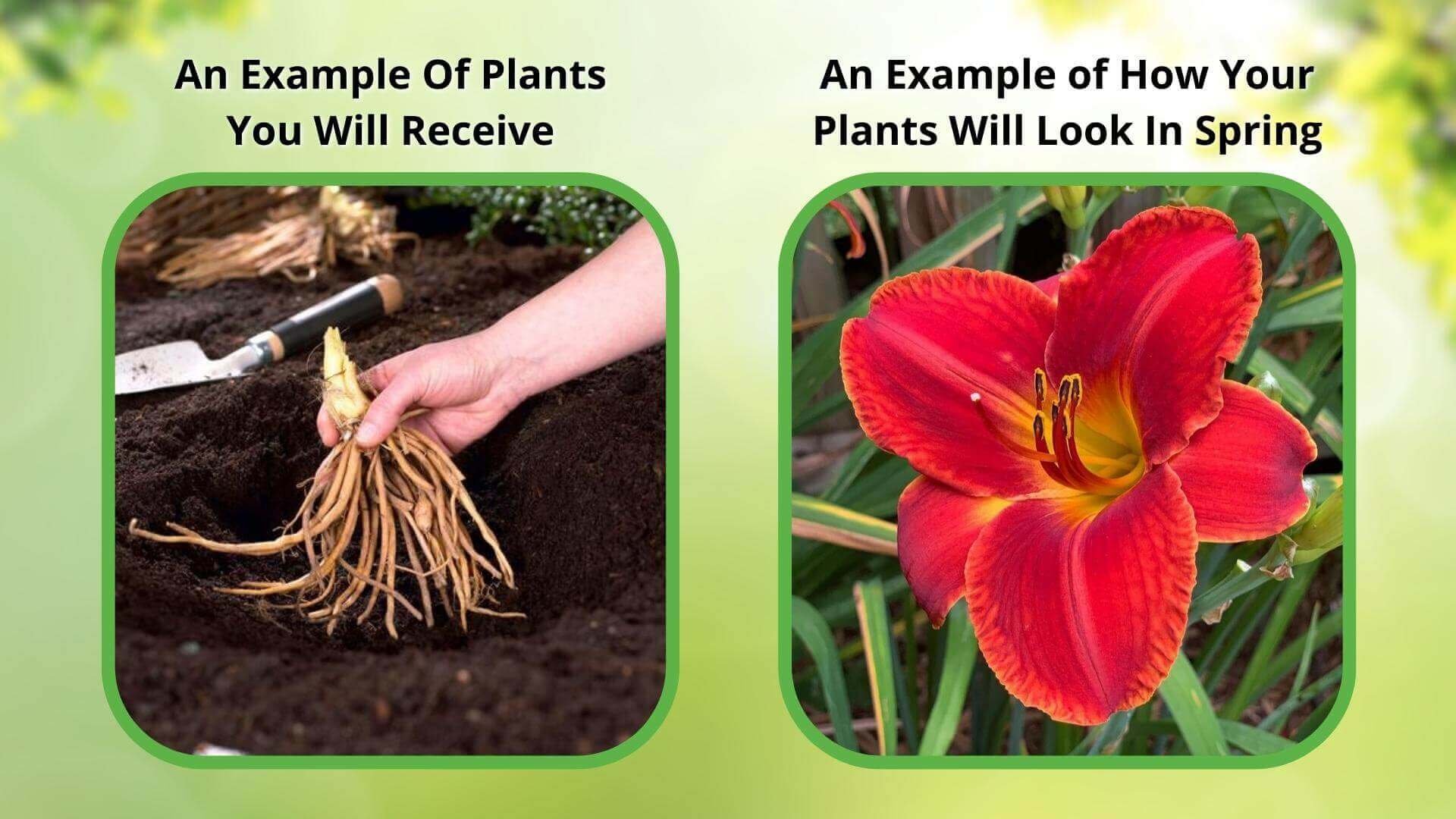
Bloom Season
Spring
Bloom/Foliage Color
Purple
Height at Maturity
Under 12"
Care
Ajuga Reptans thrives in moist, well-drained soil and benefits from regular watering, especially during dry spells. Mulching helps retain moisture and control weeds. Prune after flowering to maintain its appearance, and separate the clusters every few years to prevent overcrowding.
Plant Reproduction
Ajuga Reptans spreads by producing runners called stolons
Shipping date depends on the date displayed and chosen when you order from the product's page.
We only accept returns on plants verified dead. If you think your plants have died, we offer a 1 year warranty, please use this File a Claim Link to verify dead plants and start with return warranty process.





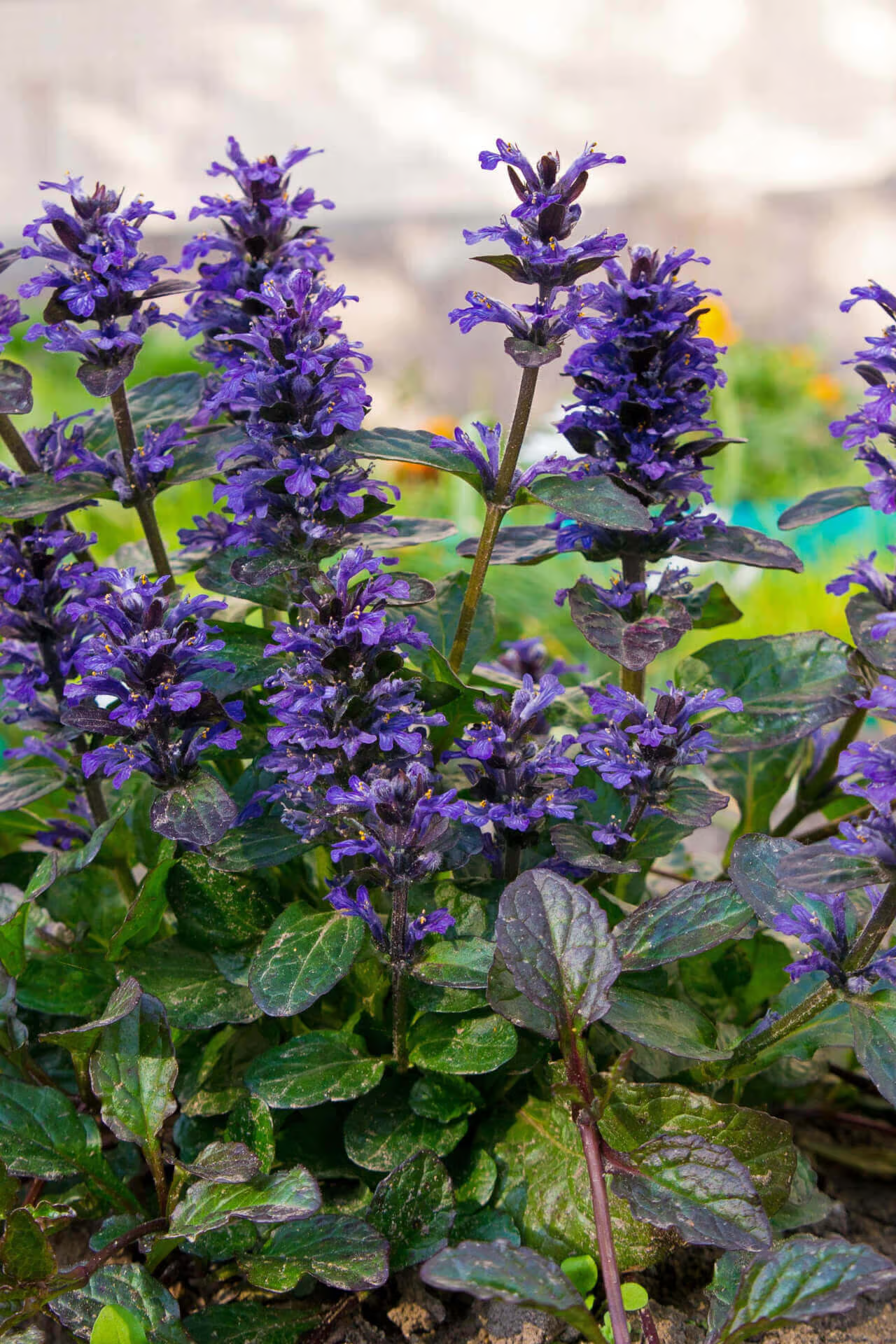
Quick Establishment:
Ajuga Reptans establishes rapidly and spreads efficiently, giving you fast results and a full, lush ground cover without a long wait.
Shade Tolerance:
Ideal for those tricky, low-light areas, Ajuga Reptans thrives in shade and partial sun, ensuring your garden looks vibrant even in the more challenging spots.
Vibrant Foliage Year-Round:
With its striking foliage ranging from deep green to rich purple, Ajuga Reptans adds vibrant color and texture throughout the seasons, ensuring your garden remains lively and appealing.
Versatile and Resilient:
Ajuga Reptans adapts to various soil types and conditions, ensuring it will thrive in diverse garden settings and offer enduring beauty and coverage year after year.
Caring Tips
How do I care for my Ajuga Reptans - Bugleweed?
Each box contains detailed care instructions and information about your product. But here's the basics.
Care Tips
Ajuga Reptans thrives in moist, well-drained soil and benefits from regular watering, especially during dry spells. Mulching helps retain moisture and control weeds. Prune after flowering to maintain its appearance, and separate the clusters every few years to prevent overcrowding.
Light Requirements
Ajuga reptans thrive in partial to full shade, making it an excellent ground cover for areas with limited sunlight. While it can take the sun, mainly in cooler climates, too much sunlight may cause the foliage to scorch.
Hardy Planting Zones
3 • 4 • 5 • 6 • 7 • 8 • 9 • 10
Header
Use this content to share information about your store and products.
Frequently Asked Questions
How often should I water my plants?
How do I know if my plant is getting too much or too little sunlight?
What should I do to prepare my plants for winter?
What are the signs that my plant needs fertilizing?
How can I prevent pests from damaging my plants?
How do I choose the right plant for my climate zone?



